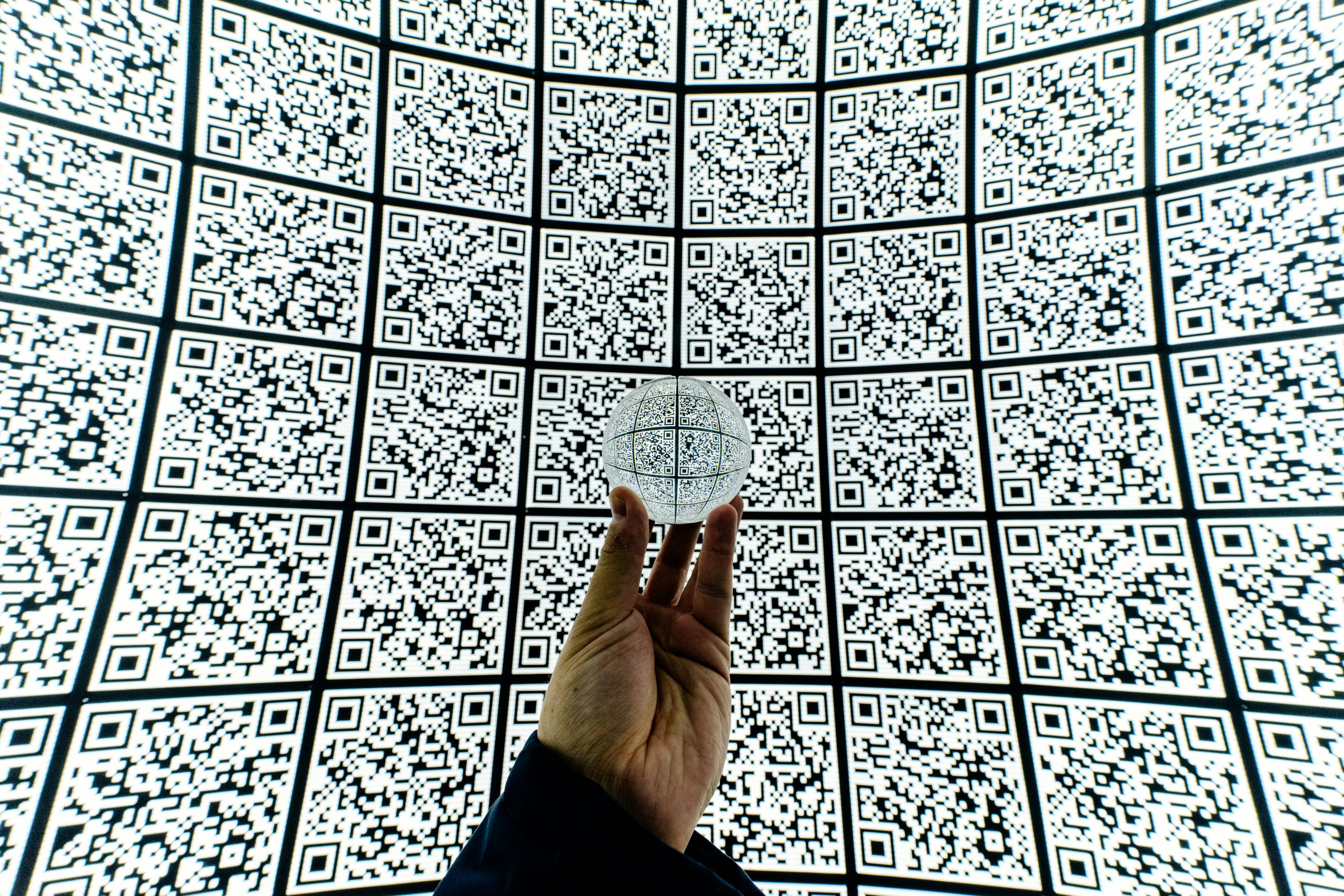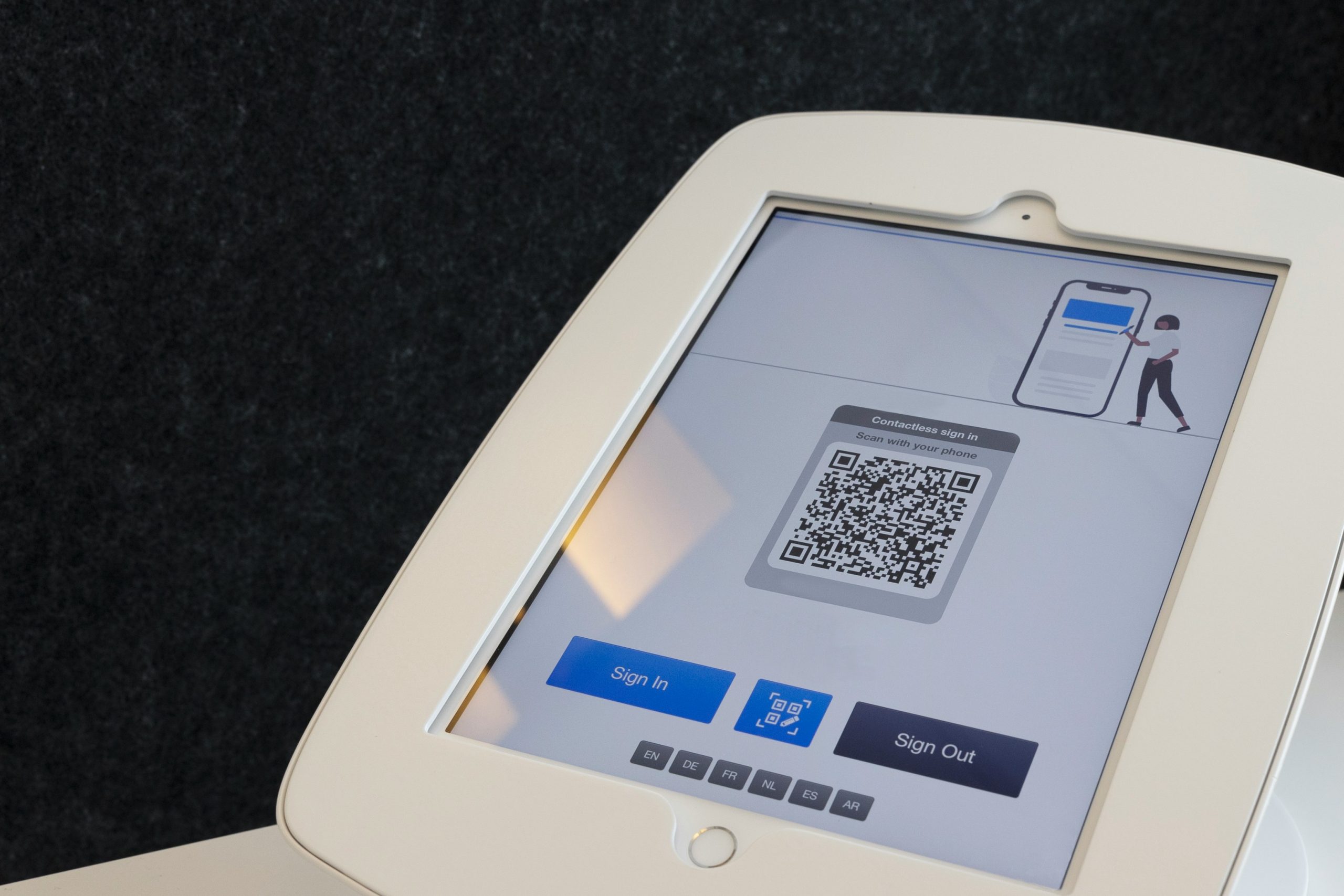In recent years, the adoption of contactless payment methods has surged, driven by the demand for fast, secure, and hygienic transaction processes. QR codes have emerged as a pivotal technology in this landscape, offering an efficient and user-friendly solution for contactless payments. This article explores the role of QR codes in contactless payments, highlighting their benefits, implementation, and future prospects.
How QR Codes Facilitate Contactless Payments
QR codes facilitate contactless payments by allowing users to make transactions simply by scanning a code with their smartphones. Retailers can use a QR code generator to create unique codes for each transaction or product. Customers then scan these codes using their mobile wallets or banking apps, which prompt them to complete the payment securely.
The process is straightforward:
- Generate a QR Code: Using a free QR code generator or a QR code creator free tool, retailers can generate a custom QR code that encodes payment information.
- Display the QR Code: The generated code is displayed at the point of sale, either on a digital screen or printed on a receipt.
- Scan and Pay: Customers scan the code with their smartphone’s camera or a dedicated app, which redirects them to a payment gateway to complete the transaction.
As you can see, it’s pretty simple.
Benefits of QR Code Payments
QR codes offer several advantages for both businesses and customers in the realm of contactless payments.

Using a QR code maker, businesses can quickly create codes for payments without needing additional hardware. Customers appreciate the ease of scanning a QR code to make a purchase, streamlining the checkout process.
QR code payments enhance security by minimizing physical contact and reducing the risk of card skimming. Each transaction uses a unique code, reducing the likelihood of fraud.
Implementing QR code payments is cost-effective. A free QR code or QR generator free tool eliminates the need for expensive payment terminals or infrastructure upgrades.
Implementing QR Code Payments
To improve customer interactions with QR code payment systems, businesses can benefit significantly from implementing design strategies that enhance user experience. For instance, by opting to use a QR Code frame, companies provide clarity and context which guides customers more effectively through the scanning process. Frames can also creatively highlight QR codes, ensuring they capture attention at crucial payment moments.
Businesses looking to implement QR code payments can follow these steps:
- Choose a QR Code Generator: select the best free QR code generator or a QR code generator online that suits your needs. These tools can help generate QR codes that encode payment details securely.
- Generate and Display QR Codes: use a QR code maker free tool to create custom QR codes for each transaction or product. Display these codes prominently at the point of sale.
- Integrate with Payment Systems: ensure that the QR codes are compatible with popular payment systems and mobile wallets. This integration can be facilitated by working with payment service providers.
- Educate Customers and Staff: provide clear instructions for customers on how to scan and pay using QR codes.
Staff will also need to be trained to assist customers and troubleshoot problems that arise.
Future of QR Codes in Contactless Payments
The future of QR codes in contactless payments looks promising, with continuous advancements and increasing consumer adoption. As mobile technology evolves, QR codes are likely to become even more integral to the payment landscape. For businesses looking to optimize their payment systems, payment consulting can provide valuable insights into how to implement and manage QR code payments effectively, ensuring a seamless experience for customers.
With the availability of tools like QR code creator and QR code generator online, businesses of all sizes can implement QR code payments, driving wider adoption across various sectors.
Future improvements in QR code technology will enhance security features, making transactions even more secure and reducing the risk of fraud.
QR codes will continue to find innovative applications in payments, such as integrating with loyalty programs, personalized offers, and seamless cross-border transactions.
Advantages of payments by means of QR code

Several advantages can be highlighted at once:
- Enhanced convenience for both customers and businesses;
- Improved security by reducing physical contact and fraud risks;
- Cost-effective implementation without the need for expensive hardware;
- Wide compatibility with various payment systems and mobile wallets;
- Potential for innovative applications and integrations in the future.
In conclusion, QR codes play a crucial role in the evolution of contactless payments, offering a convenient, secure, and cost-effective solution for modern transactions. By leveraging tools like QR code generators and QR code makers, businesses can easily implement QR code payments, enhancing the overall customer experience. As technology continues to advance, the potential for QR codes in the payment landscape will only grow, paving the way for more innovative and efficient payment solutions.
I’m Liam Thompson, a digital marketing expert specializing in SEO and content strategy. Writing about the latest trends in online marketing is my passion.
